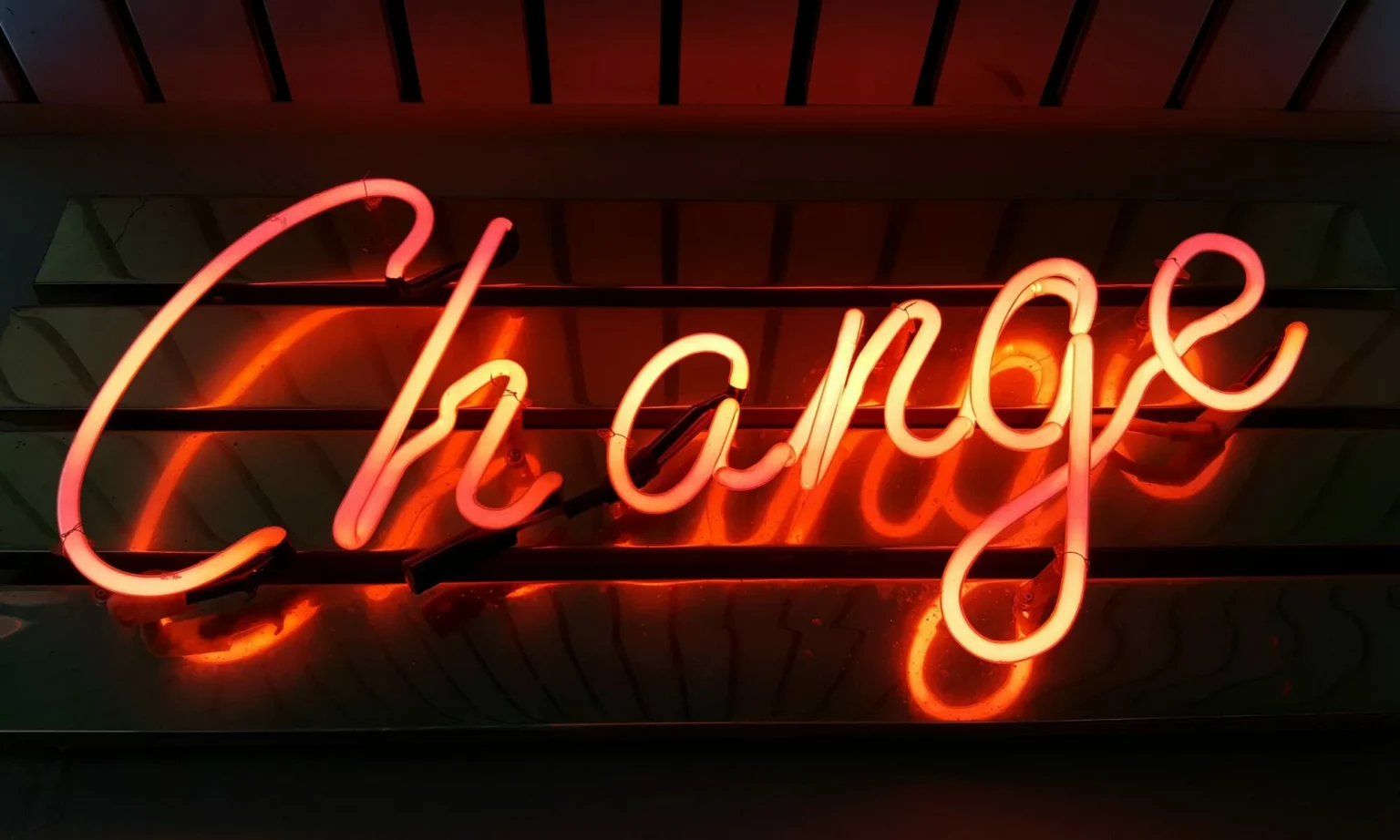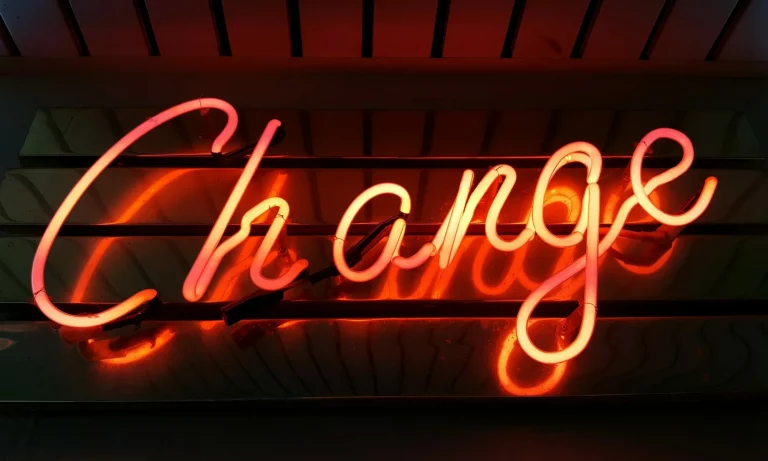How difficult is it to stay creatively energised after 10 years? For branding, design and advertising agencies…very. It used to be that we defined design by their eras: Art Nouveau, Art Deco, Modernism, Futurism, and so on. And each movement lasted a good several decades. But we now live in accelerated times. In the last decade alone, we’ve witnessed the ebb and flow of trends like flat design, material design, skeuomorphism, 3D, liquid, brutalism, open compositions…and that’s just scratching the surface. Buzzwords like “Insta-worthy”, “Spotify” and “tumblr aesthetics” are even loosely referenced as creative styles now. And then throw into this tornado terms like programmatic, design thinking, CX, UX, UI, AI, AR, VR, MR, hamburger menu, sausage links…and Creatives everywhere are truly headed for a tailspin.
You may then be wondering: How do branding, advertising and PR agencies keep up if everyone is scrambling to level up? When everything we’ve learned in a year quickly turns archaic by the next; when there are avalanches of new trends to master, new creative platforms to understand, new design tools to pick up, new creative services to offer, and new generational quirks to decipher; or when timelines and margins are constantly squeezed as clients become more demanding? Indeed, when the enchantment with open beer taps and office plans wears thin, what’s left?
Where does that leave us Creatives?
Agency burnout is a very real problem. And agencies are increasingly pulling back the Oz curtains to see that foosball tables and vending machines are but limp panacea to deeper problems that remain unsolved. In these times of accelerated change, increased pressure and demands, how can we not go crazy?
In commemorating 10 years of antics@play, I was asked to write about what we’ve accomplished, in terms of growing the team, evolving workflow, improving productivity and exporting culture. But rather than looking back, I thought I’d look forward, and instead share with you tips to navigate this mercurial industry without losing sanity and your creativity. Because through this decade of change, I’ve come to learn that not all designer traits are made equal. Some traits will help you succeed and thrive and stay creatively energised, even when vending machines fail and beers run dry.
Ready? Let’s go.
Pro tip 1: Creatives must treat each day like it’s a new day
The key to being #10yearsunwiser is to be a shark: Always swimming forward, never back. The appetite to take risks, the gumption to try out new strategies, fearlessly mixing up tactics, convincing stakeholders, negotiating timelines, motivating ourselves, throwing 100% of ourselves out there for all to judge. It’s frickin tiring. What we do is mentally and emotionally exhausting. So not attending to your state of mental and emotional well-being is a sure-fire recipe for creative burnout. And no amount of mountaintop meditation can help (sorry, Draper).
But when you treat every project like it’s new, that’s 1 way of keeping your motivation high and you moving like a shark: Forward, engaged and ever-curious…always sniffing around for your next tasty morsel (or meal). When you approach each project like a clean slate…with the knowledge that your next big masterpiece is right around the bend, your day becomes filled with possibilities. I often say we are so lucky to be Creatives: We are blessed with the opportunity and power to make something out of nothing. What then do we do with this power? Every project is a chance for us to make a difference. Don’t let yesterday’s setback or disappointment rob your project of its–and your–potential. Instead, be fuelled by the challenge that each day brings. Be vitalised by the possibility that your new creative peak might happen today.
Pro tip 2: Repeat after me, “Designers design, Creatives create”
Designers should always think of themselves not as designers, but as Creatives (yes, with a capital “C”. Shout it loud and proud!). The term designer is troubling. When designers think of themselves in those terms–graphic designer, web designer, product designer, interior designer–they immediately sell themselves short. Because clients don’t actually buy designs or products. They buy solutions that solve their communication problems. So designers, when you think of your work as just “design”, you limit your worth and the value you bring. But when you think of yourselves as Creatives who create, something magical happens. The horizon widens.
When you think of yourself as a Creative, you become tool-, knowledge- and scope-agnostic. You are not just pushing pixels at the butt end of a brief; but you are actively conjuring ideas, breathing life into them and shepherding them to fruition. You no longer are a cog in a wheel, but you are the wheel. You make the wheel. You rise above knowledge and theory and workflow. You birth something. And that–for Creatives–is worth everything.
Pro tip 3: Own the process
Besides opening neural pathways to communications problem solving, having this mental identity shift into a Creative opens up opportunities for personal growth and career development. It’s why our Creative team at antics@play don’t just stop at graphic design, but get into areas like digital marketing, website analytics, video production, brand storytelling, etc. We don’t design for print, or packaging, or ads, or digital…but we create experiences and engineer encounters. Tools, platforms, designs…they are all means to an end. If you gun toward the end, and know that you are not a pitstop but the destination, it gives you ownership. And having this ownership and influence over the outcome of whatever you’re creating is incredibly empowering.
And with that empowerment comes resourcefulness. When you are destination-oriented, you hustle to make things happen. You will do whatever you need to get there. And when you hustle to make things happen, you necessarily become resourceful. You find new ways of doing things, new tools to exploit; whether Adobe Dimension or Character Animator or Cinema 4D…whatever you need to create that experience and tell that story. And that–for many–is what keeps interest up and inspiration high. You are not just responding to a brief…that’s not the end point. You are moving forward in your career.
Pro tip 4: Aim for radical inclusion
Not everyone has the chops to be a Creative (though they can be, given the right impetus, inspiration, environment, opportunities and interest…but that’s a lot of ifs). But everyone is a consumer, and that is a fact. Ideas can come from anyone and anywhere. Why is this important? Because when we tackle a communications challenge, it’s useful to not be territorial or egotistical about who comes up with the idea.
We’ve had planners come up with terrific headlines that went straight to market. Not because they uncovered the key insight or have a way with words but because they happen to be the target audience and can tell us what they need as a customer. After all, aren’t customers whom we design brands and advertising for? I’ve seen Creatives who are so precious about their ideas and process that they don’t let anyone in. And that’s just doing themselves a huge disservice. They walk away from reviews with a bruise on their ego and a chip on their shoulder. And who has time for that?
It’s no coincidence that the best Creatives in the world are also the most open. I’ve been lucky enough to meet many world-class practitioners at the top of their game, from Aaron Draplin to Debbie Millman. They’ve been at it for decades. They also happen to be some of the most humble and down-to-earth people you will ever meet. If you spend most of your time nursing your wounds, putting your fences up, swatting away feedback and telling yourself why your ideas are the best and why other’s aren’t, you are not spending your time expanding your horizons and generating solutions that customers need but churning out work that only you want.
Pro tip 5: Creatives, like parachutes, must be open
Truly, when you let other voices in, you let others teach you things. You don’t have to agree with everyone and everything. And they may not all be right. And that’s okay. Because, you see, the ideas–in and of themselves–are not the linchpin here. Ideas come and go, the real linchpin is you. And you’re here to stay. When you are open, you give yourself the licence and opportunity to become a listening, empathetic Creative. And empathy, as you know, is one of the most necessary traits you will need to thrive in design and survive the agency experience, not to mention deliver astonishing work. Which let’s face it, can be extremely motivating too.
So #10yearsunwiser? Let’s make it #20yearsevenmorefoolisher. And I hope everyone at antics@play past, present and future continue to embrace the spirit of innocence, humility, intelligent naivete, and wonder that characterise our daily work, that allows us to approach each day like it’s a playground full of possibilities and treat every job as a potential masterpiece. The market and the world will change. And us along with it. It’s how we manage our attitudes toward those change that keeps us invested for the long haul. And that is the real capital that drives us and our industry forward.






